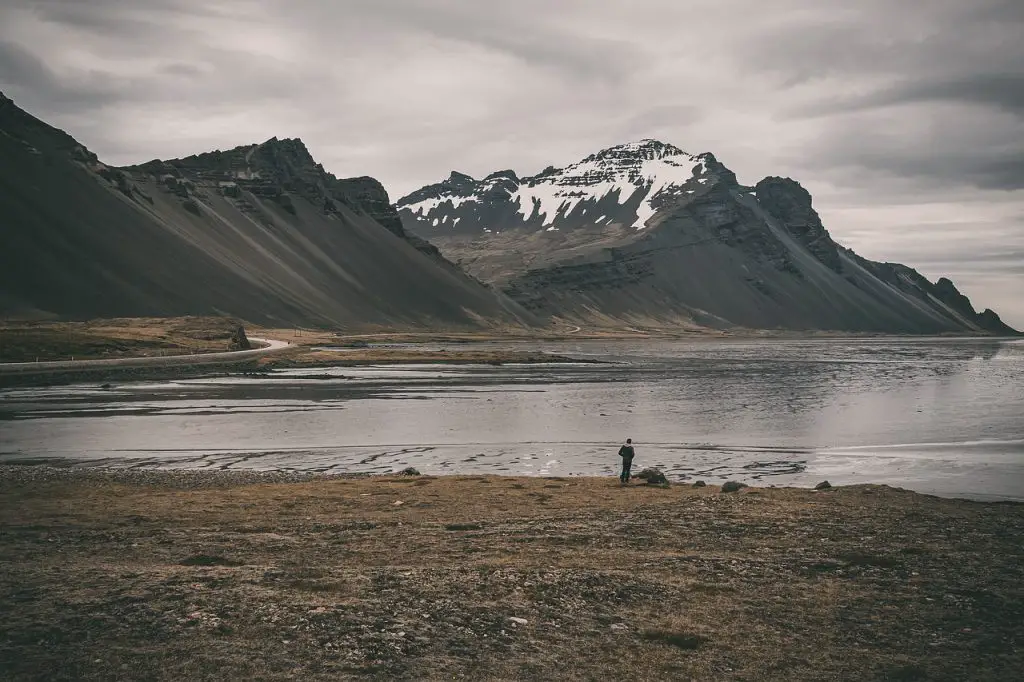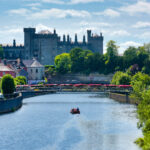Iceland, the Land of Fire and Ice, is a breathtaking destination filled with diverse landscapes, natural wonders, and unique cultural experiences. A self-driving itinerary is one of the best ways to explore this captivating island at your own pace, allowing you to fully immerse yourself in its beauty and charm. This comprehensive guide will provide you with everything you need to know to plan and execute an unforgettable self-driving adventure through Iceland.
Planning Your Itinerary
Before embarking on your Icelandic road trip, it’s essential to plan your route and decide on the destinations and attractions you want to visit. Here are some key factors to consider when planning your self-driving itinerary:
a. Duration: Determine the length of your trip, taking into account your travel preferences, budget, and the time you have available. A 7-10 day itinerary is recommended for first-time visitors, allowing enough time to explore the main attractions without feeling rushed.
b. Route: Iceland’s Ring Road (Route 1) is the most popular route for self-driving itineraries, as it circles the entire island and connects most major attractions. However, you can also choose to focus on specific regions, such as the Golden Circle, the South Coast, or the Westfjords, depending on your interests and the time you have available.
c. Attractions: Iceland boasts an array of natural wonders, including waterfalls, glaciers, geysers, and volcanic landscapes. Make a list of the must-see attractions you want to visit and incorporate them into your route. Some top attractions include Thingvellir National Park, Gullfoss waterfall, Geysir geothermal area, Vatnajökull National Park, and Jökulsárlón glacier lagoon.
d. Accommodations: Book accommodations in advance, particularly during the peak travel season (June to August), as availability can be limited. Consider staying in guesthouses, farm stays, or Airbnb rentals to get a taste of local Icelandic hospitality.
e. Budget: Estimate your daily expenses for accommodations, food, fuel, and activities, and ensure you have a sufficient budget for your trip.
Preparing Your Vehicle
When renting a vehicle for your self-driving itinerary in Iceland, keep the following tips in mind:
a. Choose the right vehicle: Consider the type of terrain you will encounter on your route and select a suitable vehicle. A 4×4 vehicle is recommended for those planning to drive on gravel roads, mountain roads (F-roads), or in remote areas.
b. Insurance: Ensure you have adequate insurance coverage, including collision damage waiver (CDW) and theft protection. Check with your rental company for additional coverage options, such as sand and ash protection or gravel protection.
c. GPS and maps: Rent a GPS device or download a reliable navigation app to help you navigate Iceland’s roads. It’s also a good idea to have a printed map as a backup.
d. Emergency equipment: Make sure your vehicle is equipped with an emergency kit, including a first aid kit, reflective vest, warning triangle, and fire extinguisher.
e. Fuel: Familiarize yourself with the locations of gas stations along your route, as they can be scarce in remote areas. Always keep your fuel tank at least half full to avoid running out of gas.
Driving in Iceland
To ensure a safe and enjoyable self-driving experience in Iceland, follow these guidelines:
a. Road conditions: Be prepared for variable road conditions, including narrow roads, single-lane bridges, blind curves, and gravel roads. Keep an eye out for road signs indicating potential hazards.
b. Speed limits: Adhere to the speed limits in Iceland, which are generally 50 km/h (31 mph) in urban areas, 80 km/h (50 mph) on gravel roads, and 90 km/h (56 mph) on paved roads. Be aware that speed limits may change depending on weather and road conditions.
c. Weather: Iceland’s weather can be unpredictable and change rapidly, so it’s essential to stay informed about current conditions and forecasts. Check the Icelandic Meteorological Office website and the Icelandic Road and Coastal Administration website for up-to-date information on weather and road conditions.
d. Off-road driving: Off-road driving is illegal in Iceland, as it can cause significant damage to the fragile environment. Stay on marked roads and designated tracks at all times.
e. Wildlife: Keep an eye out for wildlife, such as sheep, horses, and birds, which may cross the road unexpectedly. Slow down and give them plenty of space to avoid accidents.
f. Rest stops: Plan regular rest stops to break up long stretches of driving and to take in Iceland’s stunning scenery. Don’t stop on the side of the road or in unsafe locations to take photos or admire the view.
Suggested Self-Driving Itineraries
Here are three suggested self-driving itineraries for your Icelandic adventure:
a. The Golden Circle (1-2 days): This popular route covers some of Iceland’s most iconic attractions, including Thingvellir National Park, Gullfoss waterfall, and Geysir geothermal area. The Golden Circle can be completed as a day trip from Reykjavik or extended to include other nearby attractions, such as the Secret Lagoon hot spring, Kerið volcanic crater, or the Þjórsárdalur Valley.
b. The South Coast (3-5 days): The South Coast itinerary takes you along Iceland’s southern shoreline, with highlights such as Seljalandsfoss and Skógafoss waterfalls, Reynisfjara black sand beach, Vatnajökull National Park, and Jökulsárlón glacier lagoon. You can also explore the charming coastal villages of Vik and Höfn, hike to the stunning Svartifoss waterfall, or visit the Skaftafell Nature Reserve.
c. The Full Ring Road (7-14 days): Circumnavigate the entire island on Iceland’s Ring Road, stopping at major attractions such as the Golden Circle, the South Coast, the East Fjords, Lake Mývatn, Dettifoss waterfall, and the Snæfellsnes Peninsula. This itinerary provides an immersive experience of Iceland’s diverse landscapes and allows for more in-depth exploration of the country’s natural and cultural treasures.
Packing Tips and Essentials
When packing for your self-driving adventure in Iceland, consider the following tips and essentials:
a. Clothing: Bring warm, waterproof, and windproof clothing, including layers that can be easily added or removed as needed. Don’t forget a hat, gloves, and sturdy, waterproof shoes for hiking and exploring.
b. Camera and binoculars: Capture the stunning landscapes and wildlife with a good-quality camera and bring binoculars for enhanced wildlife viewing.
c. Snacks and drinks: Pack snacks and drinks for long stretches between towns and to save on food costs. Consider bringing a reusable water bottle, as Iceland’s tap water is clean and safe to drink.
d. Travel adapter: Iceland uses European-style plugs (Type F), so bring a suitable travel adapter for charging your electronic devices.
e. First aid kit: Include a basic first aid kit with essentials such as band-aids, pain relievers, and any prescription medications you may need.
Conclusion
A self-driving itinerary in Iceland offers the opportunity to explore the country’s stunning landscapes, natural wonders, and cultural experiences at your own pace. With careful planning, preparation , and adherence to driving guidelines, you can embark on an unforgettable adventure through this captivating island. By choosing the right vehicle, planning your route, and packing the essentials, you’ll be well-prepared for a safe and enjoyable road trip. Make sure to take your time, soak in the extraordinary scenery, and embrace the unique experiences that Iceland has to offer. Happy travels!







